If ASEAN is to take the lead on climate, it must break a paradox not through compromise but through change.
If ASEAN is to take the lead on climate, it must break a paradox not through compromise but through change.
By Mehmet Enes Beşer
There is a stunning paradox at the core of the Southeast Asian model of development, a paradox more desperate with each climate summit, energy crisis, and investment diversion. The ASEAN bloc has subscribed formally to world climate targets. Its member states have made Nationally Determined Contributions, committed net-zero emission goals (some as early as 2050), and signed regional green energy cooperation pacts. Yet this climate talk uncomfortably co-exists with a recalcitrant energy reality: untrammeled expansion of fossil fuel infrastructure, and especially coal, in much of the continent. ASEAN’s energy trajectory continues to be tied to an institutionally slow-to-act, carbon-crunch growth path. This twinship—climate targets on paper, carbon expansion in practice—is not only a policy contradiction. It is a contradiction of structure, nicely situated in the regional political economy.
Southeast Asia is one of the world’s most climate-exposed regions on the one hand. Rising sea levels threaten the coastlines of Vietnam, Indonesia, and the Philippines. Extreme weather—Thai drought to Philippine typhoons—is already beginning to undermine farm yields, flatten infrastructure, and displace communities. For most of the ASEAN nations, climate change is not looming on the horizon—it’s already here. But even with this heavy exposure, the region has not yet translated its climate awareness into hard-sold energy policy reforms. Why?
The politics of growth are the first reason. Fossil fuels such as coal are deeply rooted in development national plans, strongly backed up to date by powerful state-owned corporations, local mining companies, and energy ministries who are keen on building capacity expansion over decarbonization. The world’s and Southeast Asia’s biggest coal-producer, Indonesia, continues to hold on to having coal as a base load fuel despite its global commitment to phasing down the fuel. Vietnam’s new master plan for power development beyond coal penetrates through beyond 2035. In the Philippines, reportedly delayed new coal projects were substituted by a chain of legacy projects exposed to loopholes in law and finance. These examples divulge not only policy contradictions, but also institutional delays in the long run, where short-run energy security and industrial competitiveness trump long-run climate threats.
Second, ASEAN power demand is expanding faster than almost anywhere else on the planet. Electrification, urbanization, digitalization, and industrialization are fueling 6% or more electricity expansion annually in most countries. Governments understandably worry that early transitions away from fossil fuels—particularly without proper alternatives—are likely to result in brownouts, capital outflows, or higher energy prices. The issue is not that there is not enough renewables, but rather that they remain add-ons and not bases. Solar and wind are increasing, but grid matters, land, and storage remain to corrode their potential as base-load electricity suppliers.
And then there is the structural investment bias. Investment in much ASEAN energy remains skewed towards fossil fuel. Despite recent green finance and ESG inducements, gas and coal developments continue to be the target of public and private capital—often in concessionary lending and government assistance and guarantee. Infrastructure bottlenecks and regulatory fragmentation render investments in renewable energy relatively riskier and more difficult to deploy. Political instability and institutional weakness in Laos’ or Myanmar’s situation add another layer of obstacles to the course of clean energy development. The paradox, therefore, is not of finance deficit but of mismeasured incentives, risk aversion, and policy signals.
And the global context makes it worse. As Western countries turn up the green trade regulation—such as the EU’s Carbon Border Adjustment Mechanism—ASEAN economies risk losing access to markets if they don’t decarbonize their export sectors. And yet, on the other hand, the majority of the money and technology to facilitate that decarbonization remain in foreigners’ hands, either politically submissive or scattered. ASEAN is caught in between the world’s new energy mix realities and the country’s need for energy to be stable and affordable.
The ASEAN paradox also manifests in regional coordination—or its absence. The ASEAN Power Grid, as a vision to enable cross-border electricity trade and optimize the use of renewables, remains underdeveloped. The national energy plans remain in silos, with no regional accounting system for emissions, coordinated carbon markets, and harmonized technical standards. While the ASEAN Centre for Energy has a crucial convening role, its institutional influence is weak, and consensus-based diplomacy excessively slows action.
But perhaps the most primitive form of the paradox is normative. Southeast Asia has struggled against the imposition of the climate story from outside for decades, asserting its right to development and its zero historical emissions’ contribution. And there is no reason why this should be an unrealistic viewpoint. But if development continues on a fossil-energy-expensive path, the region will increasingly pay the price of global warming—a tragedy of so much greater expense at a twofold cost: environmental destabilization and economic marginalization in a low-carbon world economy. Today’s “right to pollute” is conceivably less competitiveness tomorrow.
Exiting the paradox for the region will not be achieved with moral suasion or piecemeal technical solutions. It will require system change: shifting energy subsidy, modernizing the grid, de-risking clean energy finance, and aligning climate objectives with fiscal, trade, and industry policy. It also needs political maths to shift—that is, away from a climate policy cost strategy towards seeing it as a development strategy in its own right. Part of this is already underway. Indonesia and Vietnam becoming members of Just Energy Transition Partnerships (JETPs) is an indication of growing recognition that, if done fairly, climate finance can make local transformation possible. Green shoots of change include clean energy start-up expansion, Thailand’s electric vehicle plan, and regional carbon price negotiations.
But those are exceptions to date. The overall trend remains one of rhetorical aspiration for climate and fossil-fueled economic complacency. If ASEAN is to take the lead on climate, it must break this paradox not through compromise but through change. Climate action has to be framed as an investment, not an expense—investing in resilience, competitiveness, and sovereignty in a carbon-constrained future. Anything less threatens to make the region’s energy promise a climate liability.



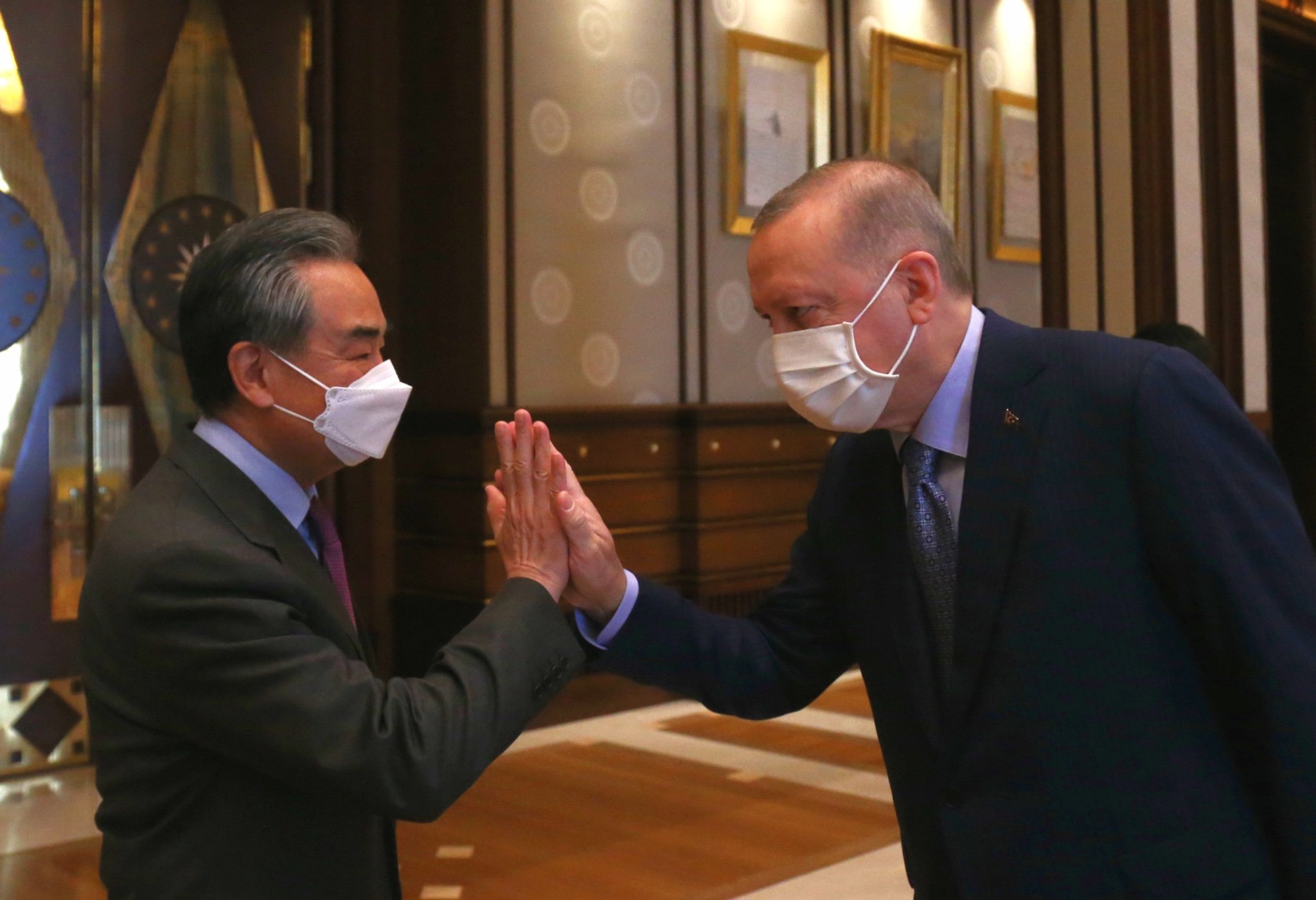





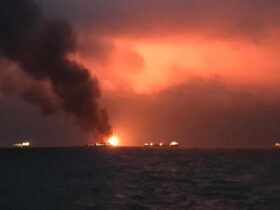
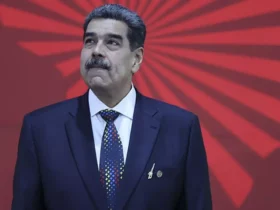
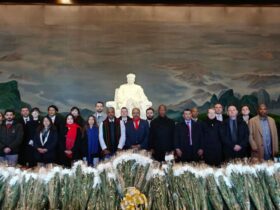

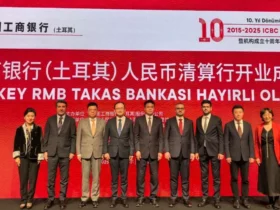

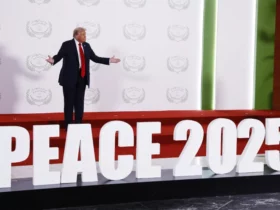
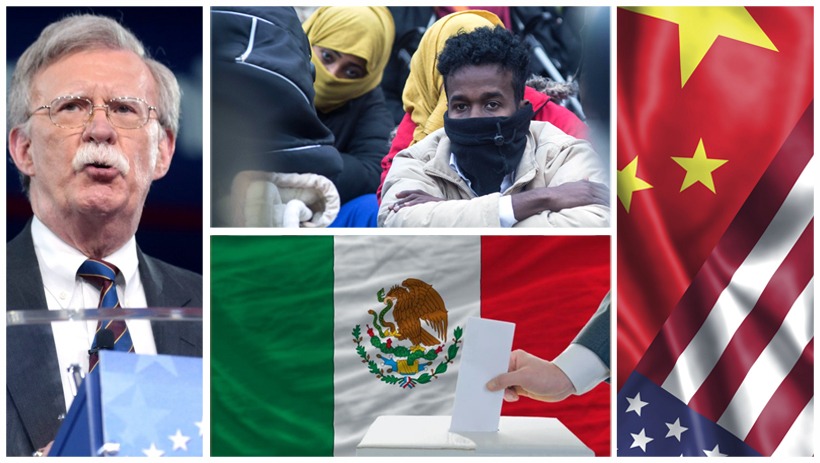
Leave a Reply